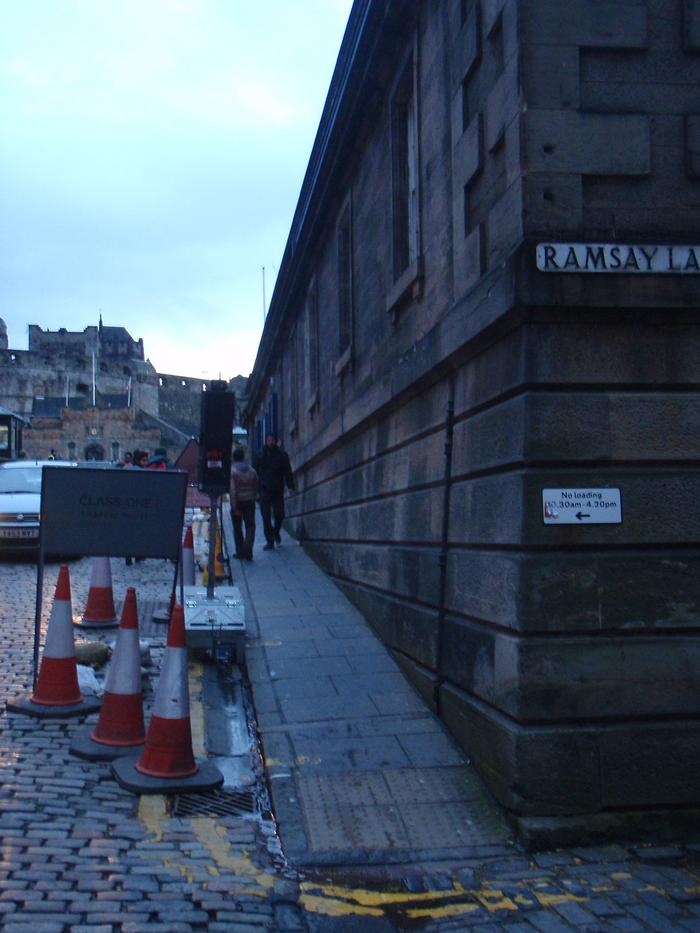Caitlin Copeland - Proposal
The Disabled Traveler in Edinburgh
Edinburgh is a medieval city full of twisting and narrow, uneven cobblestone roads, many of which have no sidewalk at all. Much of Edinburgh’s charm is experienced by walking its many closes and historical streets, which at the best of times need to be carefully trodden. The task of making accessible a city whose very identity is drawn up from its ancient roads through its historical buildings, which are inherently inaccessible, is no mean feat. Yet, Edinburgh boasts a number of initiatives that attempt to make the city a disabled-friendly space to live and explore; however, a major downfall of several of these initiatives is the lack of uniformity and consistency in their application across the city, especially in key public spaces. There are a number of programs and organizations that are aimed at promoting the knowledge that, despite appearances, an accessible Edinburgh does exist. Community-led websites offer reviews and features of cafes, pubs and entertainment venues with an accessible spin. The city’s theaters offer touch-tours for the visually-impaired and audio options for the hard-of-hearing which allow all patrons to enjoy the city’s many theater shows in the same capacity. National organizations such as Independent Living in Scotland find a strong-hold within the community offering support and life-skills while also operating as a platform for connecting individuals with the community. Linking the community with the physical city is the ability to navigate and The City of Edinburgh’s mobility initiatives offer a 100% accessible bus fleet and a taxi discount card, allowing disabled and aging members of the community to travel independently with ease; a handicab scheme is available for those requiring extra assistance. While these initiatives do promote awareness of an accessible Edinburgh and the opportunity for independent travel exists, I find that the Edinburgh that one experiences between these spaces-—that is, the physical landscape of the city under-foot—-is grossly inaccessible. A quiet local joke says that no matter which way you walk in Edinburgh, it is uphill. Edinburgh’s Old Town is full of steep hills, and where there isn’t a hill, the way is furnished with seemingly never-ending staircases. Edinburgh Castle is an accessible tourist attraction, but in order to get there one must surmount a steep hill paved with cobblestones and an ever-narrowing sidewalk. The National Museum of Scotland recently underwent a refurbishment which saw the opening of a new street-level entrance that replaces the former segregated entrances, yet the Surgeon’s Hall Museum, chronicling Edinburgh’s important contributions to the medical profession, is located on the third floor of a building whose elevators are seldom working. In order for Edinburgh to become a truly accessible place, it needs to be consistent. Its residents and visitors need to be able to count on the availability of accessible locales without having to consult a website or calling-ahead before leaving the house. My essay will explore more fully how a consistency can be achieved by bridging the gap between the two faces of Edinburgh’s accessibility looking specifically at Edinburgh's tourist center.
|

